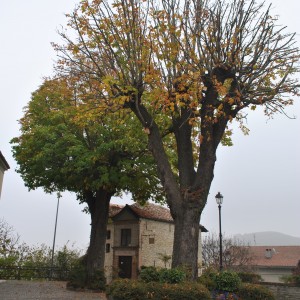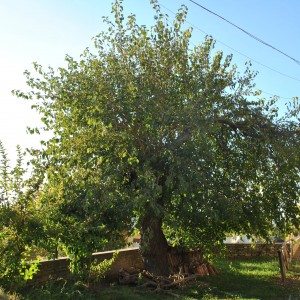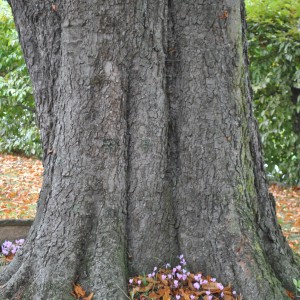Land churches and abbeys
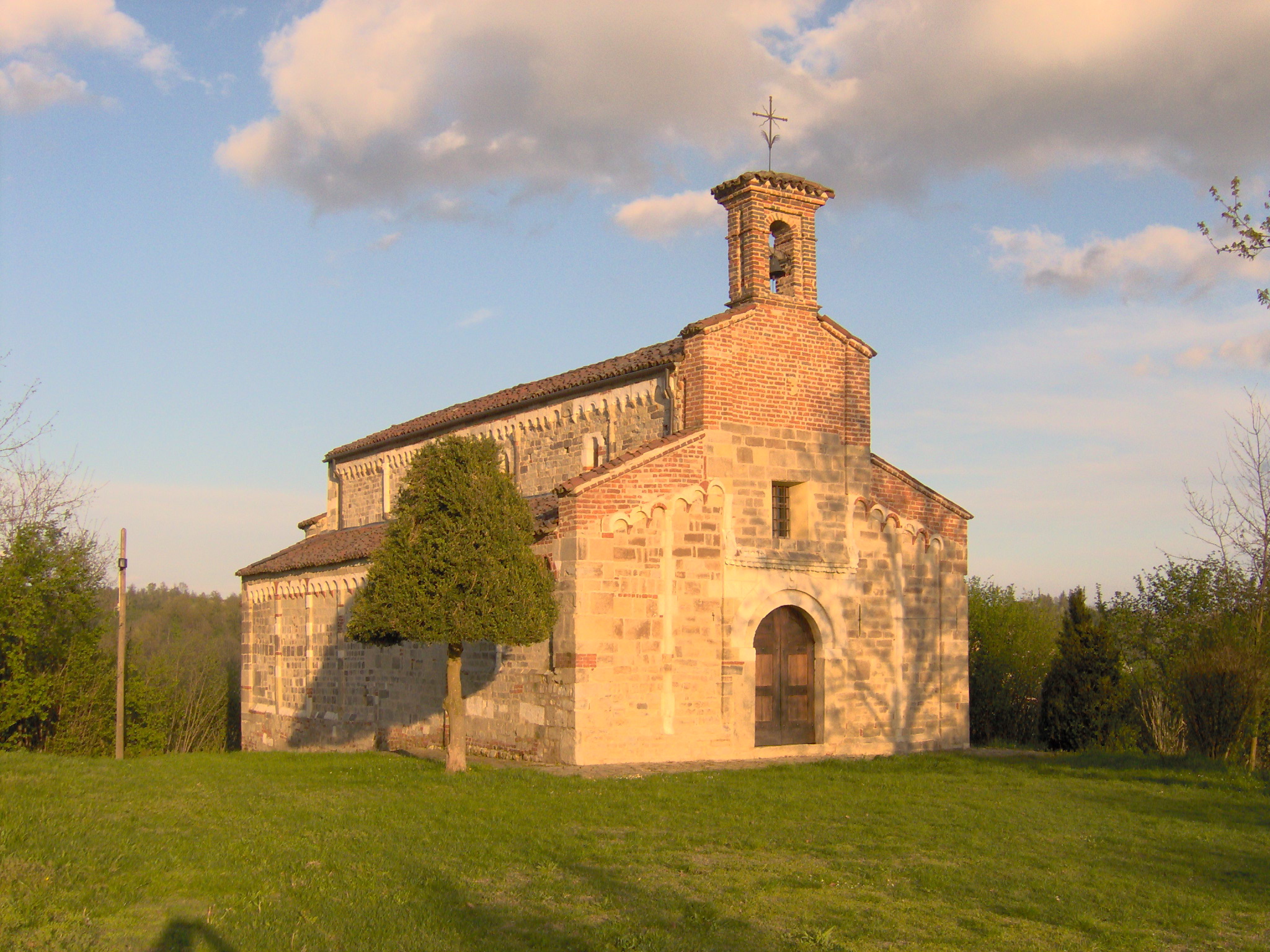
IM000205.JPG
You will be amazed by the beauty of the route of the ancient Romanesque land churches in the Asti region, which includes the magnificent Vezzolano Abbey.
In Tigliole you can admire the beautiful Romanesque church of San Lorenzo, dating back to the 11th Century. It has a rectangular plan and a semicircular apse. The main entrance is surrounded by two columns bearing a Roman arch made of bricks; the three spans of the nave are roofed with cross vaults made of bricks.
From Tigliole you can reach Settime, where you will find the land church of San Nicolao, also called “San Nicolao at the cemetery”. The typical gable façade is very sober, and the back of the apse displays beautiful suspended arches, half columns and capitals decorated with plant patterns and anthropomorphic images.
The next stop is Montechiaro d’Asti where there is the land church of San Nazario and Celso, which can be reached only on foot. It is a typical example of a Romanesque church in the Asti region: it fell into disuse through famine and war, so it perfectly preserves its original structure. The small church, surrounded by vegetation, is very striking because of its shape: a tiny chapel dominated by a high bell tower. Both buildings are made of alternating layers of white stone and red bricks.
From Montechiaro you can reach Montiglio; in its cemetery you will find the land chapel dedicated to San Lorenzo. Each part of this church has a symbolic meaning: the entrance is on the western side, recalling the oriental origin of Christianity in Jerusalem. The southern side stands for life, and the northern side, where the ossuary stood, symbolizes death: a legend says that most of the visitors coming out of the church always turn instinctively to the left or in the south direction. Hardly ever they turn right.
The route continues along the road towards Cerreto through Cortanze and Piea. You will reach the hamlet of Casaglio, where you can admire the small church of Sant’Andrea. The chapel is isolated and surrounded by vegetation, offering a wonderful view of the surrounding hills. The ruins of an old monastery, which have been restored and turned into a farmhouse, create a magic atmosphere taking you back into the past.
From Cerreto, you can reach the beautiful church of San Giorgio in Aramengo; its apse still preserves the original Romanesque structure.
In Albugnano you can admire the sober architecture of Saint Peter’s Church: the rectangular plan and the semicircular apse are covered with a raftered ceiling with pantile roof, the gable façade displays a round stone arch decorated with sandstone and brick patterns.
From Albugnano, you can go on to Vezzolano Abbey. The origin of this church is almost unknown; its construction gave rise to many legends: according to the most fascinating one, the Emperor Charles the Great went hunting in a local wood after having defeated the Longobards. In the wood he saw a dreadful skeleton dance, which caused him an epileptic fit. The Holy Virgin saved him, so he decided to build an abbey in the same place where he was miraculously cured. In 1159 Frederick Barbarossa took the abbey under his patronage, so it became one of the richest and most famous abbeys of the region. The Romanesque-Lombard façade made of bricks and sandstone and decorated with three rows of blind arches with statues and capitals is particularly worth seeing. From the church you can reach the cloister: each capital is carved in a different shape, and a beautiful fresco represents Charles the Great’s terrible skeleton vision.
In Castelnuovo Don Bosco, where San Giovanni Bosco was born, the small church of Santa Maria di Cornareto was built on a hilltop surrounded by vineyards.
Not far from here you can find the medieval land church dedicated to Santa Maria in Raseto which shows a brickwork decoration on the apse and on the side walls, and a canopy on the main entrance. The church dedicated to Sant’Eusebio, unlike most of the Romanesque land chapels, was built in a valley, near the crossroads to Albugnano and Moncucco.
The land church dedicated to San Giorgio di Bagnasco in Montafia has a very imposing structure in comparison with other land churches in the Asti region. This Romanesque building houses remarkable paintings: in the central conch you can see a portrait of Saint George dating back to the 17th Century. Below it, between the central lancet window and the left one, you can admire a representation of Christ in the Sepulchre.
From Montafia, going on to Cortazzone, there is the Church of San Secondo surrounded by vineyards and woods. The charming, austere façade is made of brickwork and stone blocks. The interior with its capitals and small columns is perhaps even more beautiful. The apse is decorated with geometric patterns and the nave and the aisles are divided into five spans by the alternation of columns and pillars. Each capital is carved in a different shape.



